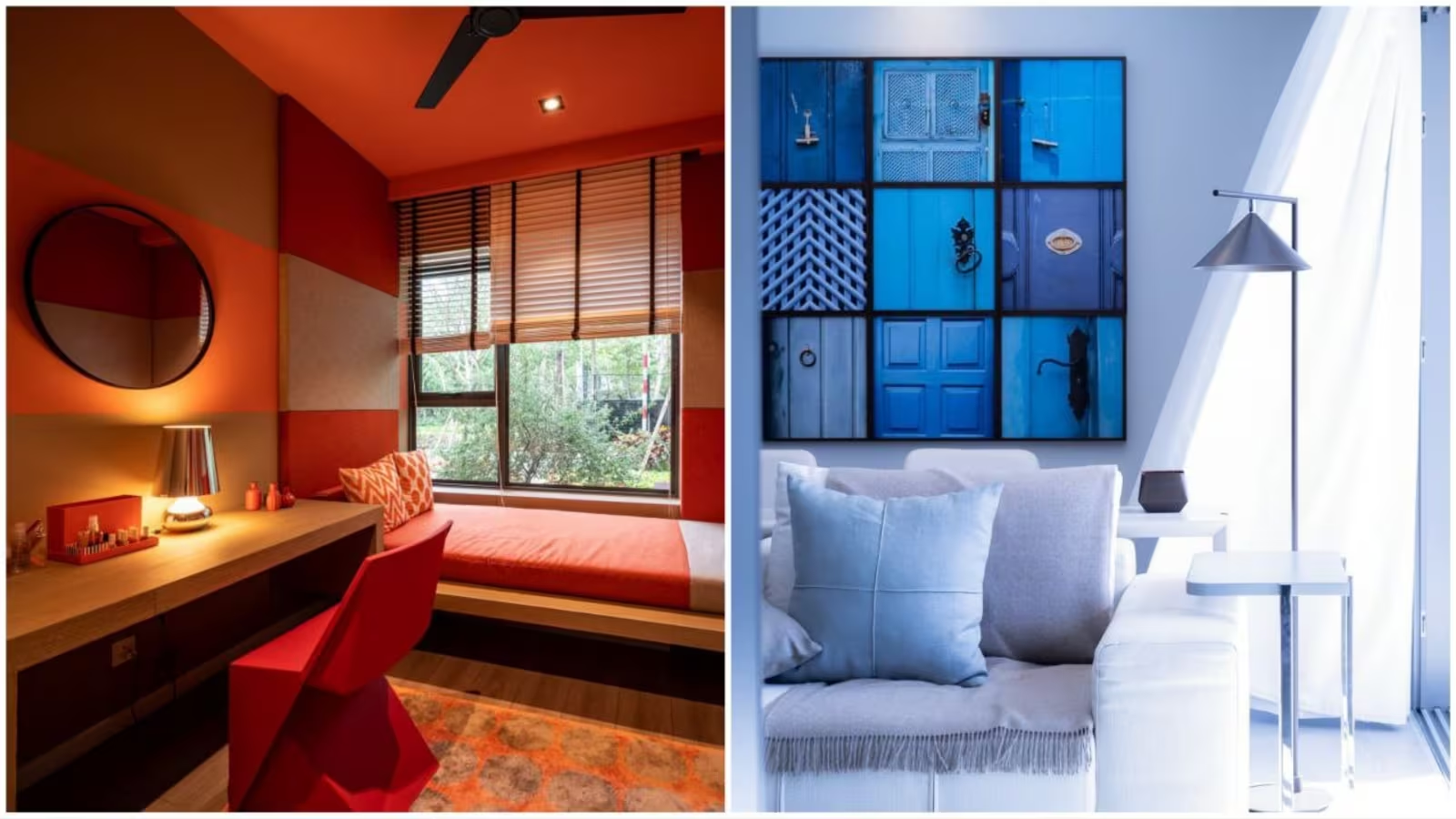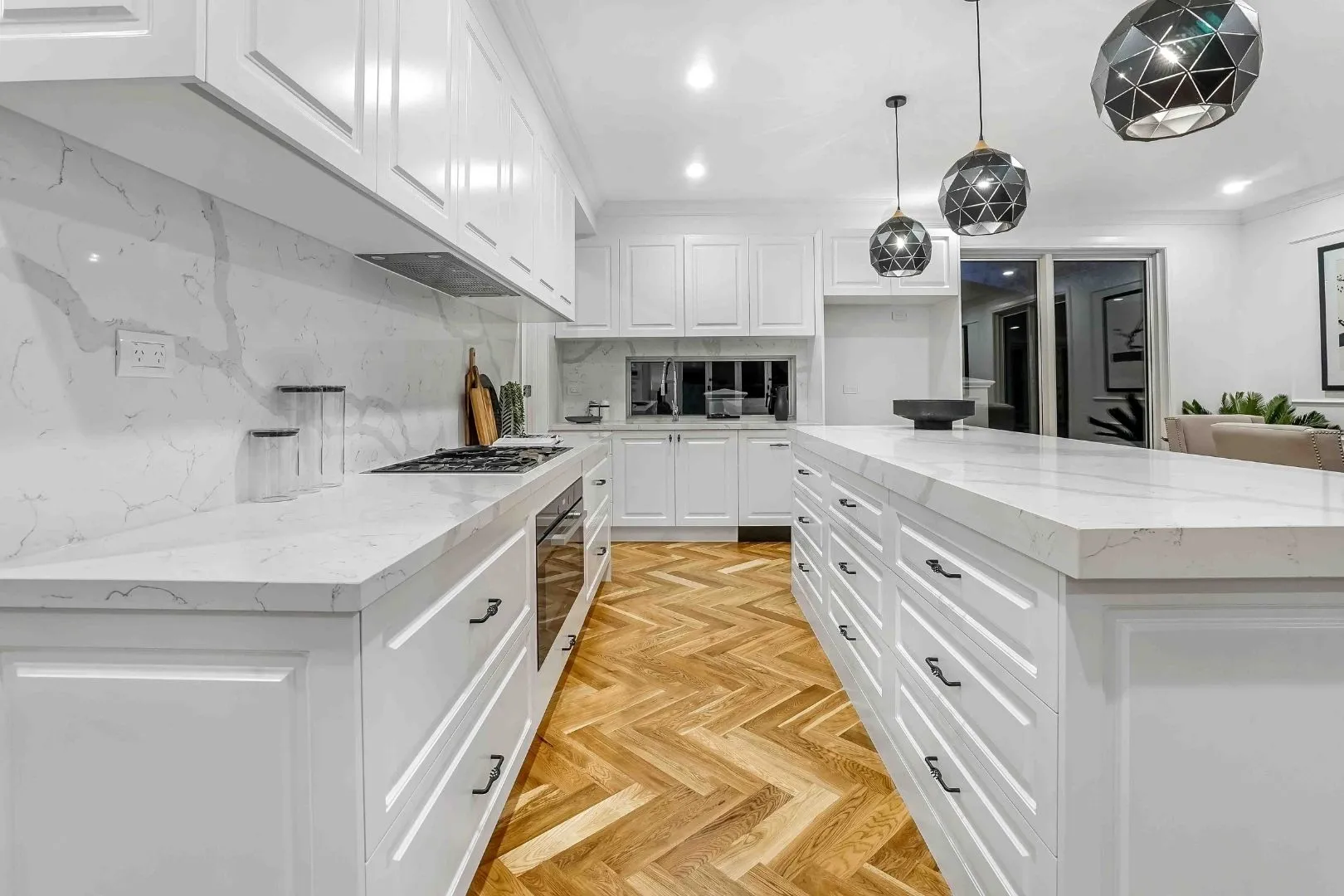The Best Flooring For Kitchens
Kitchens are often the heart of any household, making durable flooring essential. Look for options that resist heat, moisture and stains for optimal performance.
Tile is an attractive option, while concrete offers sleek features and can even be stained to mimic other materials. Linoleum, cork and vinyl flooring may also make good durable choices.
Tile
Tile flooring is a highly popular kitchen flooring option that provides multiple style choices while being resistant to heat, moisture, and impact damage. There are various forms available ranging from less costly peel-and-stick tiles all the way up to thicker luxury vinyl tile (LVT/LVVP).
Wood flooring is an elegant choice for kitchen floors. It adds warmth and texture, as well as matching or complementing cabinets and fixtures in the space. However, when considering natural wood options it’s important to factor in how much foot traffic your kitchen receives and if they will hold up well against scratches and dents.
Stone tile is a more luxurious and expensive choice, but its distinctive look will set your kitchen apart. Available in various colors and textures to meet any design vision imaginable, stone tiles also allow for creative installations like herringbone or chevron patterns for additional visual interest in the room.
Hardwood
Hardwood floors are a timeless choice in any kitchen, and for good reason: They provide an inviting aesthetic while remaining durable over time. However, hardwood flooring can be expensive to maintain and requires regular sanding and staining in order to avoid damage caused by moisture leakage and humidity fluctuations.
Linoleum flooring has made a comeback in modern homes. Constructed from natural linseed oil, this eco-friendly material features multiple color choices and easy maintenance. However, high traffic areas should avoid using this flooring and use penetrating sealers annually for protection.
Laminate flooring is an inexpensive yet warm flooring choice that mimics the look of hardwood. Some manufacturers now offer waterproof laminate with rigid cores to provide more stability and resistance against moisture damage.
Laminate
Laminate flooring offers an economical option that mimics wood and stone surfaces, such as Pergo or Mohawk floors, with various natural wood styles being particularly popular due to their versatility in accommodating various decor schemes and colorways.
Vinyl has seen an upswing in popularity recently and remains one of the least expensive kitchen flooring ideas available. Water-resistant and simple to maintain, vinyl’s primary advantage lies in being soft compared to other materials – larger appliances may dent or scratch it easily.
Patterned tile can be an inexpensive and long-term investment; just be careful not to go too overboard. Patterned tiles may overpower small rooms if used too extensively; for a modern kitchen design consider bold geometrics or exotic Moroccan patterns for best results.
Vinyl
Vinyl flooring is one of the easiest solutions for kitchens, offering multiple colors and patterns – including ones designed to emulate stone or wood textures – making it the ideal budget-friendly solution. Vinyl is soft underfoot, extremely durable, slip-resistant if textured properly and slip resistant when installed over tiles or hardwood flooring.
For a modern or contemporary aesthetic, matte-finish sheet vinyl or luxury vinyl tile (LVT) may be your answer. LVT is an innovative product which is fully waterproof and can be installed “floating” above the subfloor; additionally it can even mimic hardwood flooring or ceramic tile styles.
Cork flooring has become increasingly popular as a kitchen floor choice, available both peel-and-stick or glue-down versions. A natural material harvested every eight to 10 years by countries who regulate harvesting to ensure sustainable supplies, cork is soft underfoot and helps absorb sound; stained or glazed to match other decor in your kitchen; however it may become scratched or dented from dropping heavy objects, so felt pads should be added underneath furniture legs for optimal protection.











